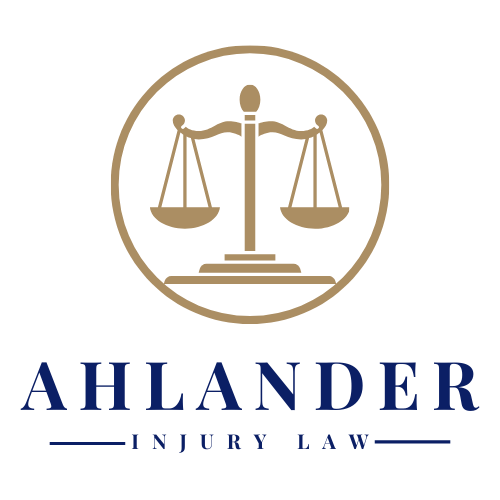Common Motorcycle Accidents and How to Avoid Them

Distracted driving has become a nationwide problem that is part of a bigger picture, as it pertains to safety and the use of technology. Drivers of all ages with various levels of emotional maturity, driving skill, and experience are attempting to multi-task by using technology while operating a motor vehicle.
What is Multitasking and How Can It Endanger Motorcyclists?
Multitasking is completing two tasks at one time. Multitasking while driving may be considered distracted driving by a court of law, even if the driver’s behavior appears to be typical and relatively safe. Motorcyclists are especially vulnerable on the roads and highways in the United States because the increase of distracted drivers using technology puts motorcyclists at an escalated risk of injury and even death.
Multitasking while driving commonly includes two thinking tasks that cause the brain to switch between driving and talking, texting, engaging in conversation in the vehicle, eating, or a multitude of other dual-tasks. The brain cannot give equal attention to two projects at one time; like driving a car and engaging in important conversation or even adjusting a GPS. As the brain switches between two tasks, the reaction time for a driver is significantly shortened. This means that using a hands-free device is still increasing the risk of an accident.
The National Safety Council reports that drivers who are talking on cell phones, even with hands-free technology, fail to observe up to 50 percent of important environmental safety concerns such as pedestrians and even red lights. Drivers must remain attentive, even while stopped at red lights. Recent AAA studies reveal that people remain distracted for up to 27 seconds after sending a voice text message. Voice to text is a distraction because it can cause mental distraction and visual distraction because of the auto correct errors.
Distractive Driving Statistics
• Each day in the USA, over 1,153 people are injured and more than nine people are killed due to a distracted driver.
• Approximately 16 percent of fatal crashes are due to distraction.
• Approximately 27 percent of distracted drivers in their 20s are involved in fatal crashes.
• Approximately 10 percent of drivers, 20 years of age and younger, who have been involved in a fatal crash report that they were distracted.
• Approximately 20 percent of teenagers and 10 percent of parents admit to texting while driving.
According to the National Safety Council, cell phones remain the top distraction for drivers. Almost every driver has seen other drivers distracted by technology. Technology distracts our brains, even after we have completed adjusting a GPS or responding to a hands-free phone call. Multitasking technology is not designed for safety, but for convenience.
Cell-related crashes are also largely unreported and can be difficult to prove because there is no breathalyzer-like testing that would indicate if a driver’s brain was multitasking and therefore processing thoughts slower during the accident. This is when an attorney is very important. The victims in an automobile accident need an advocate that can stand up to injustice and help them recover what was lost or receive just compensation for what has been permanently altered.
How Can Motorcyclists Avoid Distracted Driving Accidents?
Motorcyclists have a right to be concerned about distracted driving because they have more at stake. They are more vulnerable than other drivers who have access to far more distractions, while motorcyclists are focused on simply riding. Advanced motorcycle training can help a motorcyclist to learn key tools for defensive driving. Averting the negligence of a distracted driver is an important skill that can only benefit a motorcyclist.
Motorcyclist Safety Tips
• Do not assume that you have been seen and do try to make eye contact with the other motorist.
• Be aware of gravel, sand, and road debris.
• Always have an escape route prepared.
• Quickly complete all passes and never linger in another motorist’s blind spot.
• Motorists, on the other hand, should carefully check their mirrors and blind spots before merging into traffic.
• Motorists should be aware that most accidents occur between cars and motorcycles at intersections when a vehicle is turning left in front of a motorcycle.
• Stay up-to-date on all safety regulations and warnings.
• Avoid hazardous weather that could place motorcyclists at a higher risk for an accident.
Contact Ahlander Injury Law at https://ahlanderinjurylaw.com/ or call (702) 848-6899 for a free injury consultation. Ahlander Injury Law will treat you with the respect and compassion that you need during your difficult time.
The post Common Motorcycle Accidents and How to Avoid Them appeared first on Ahlander Injury Law.





